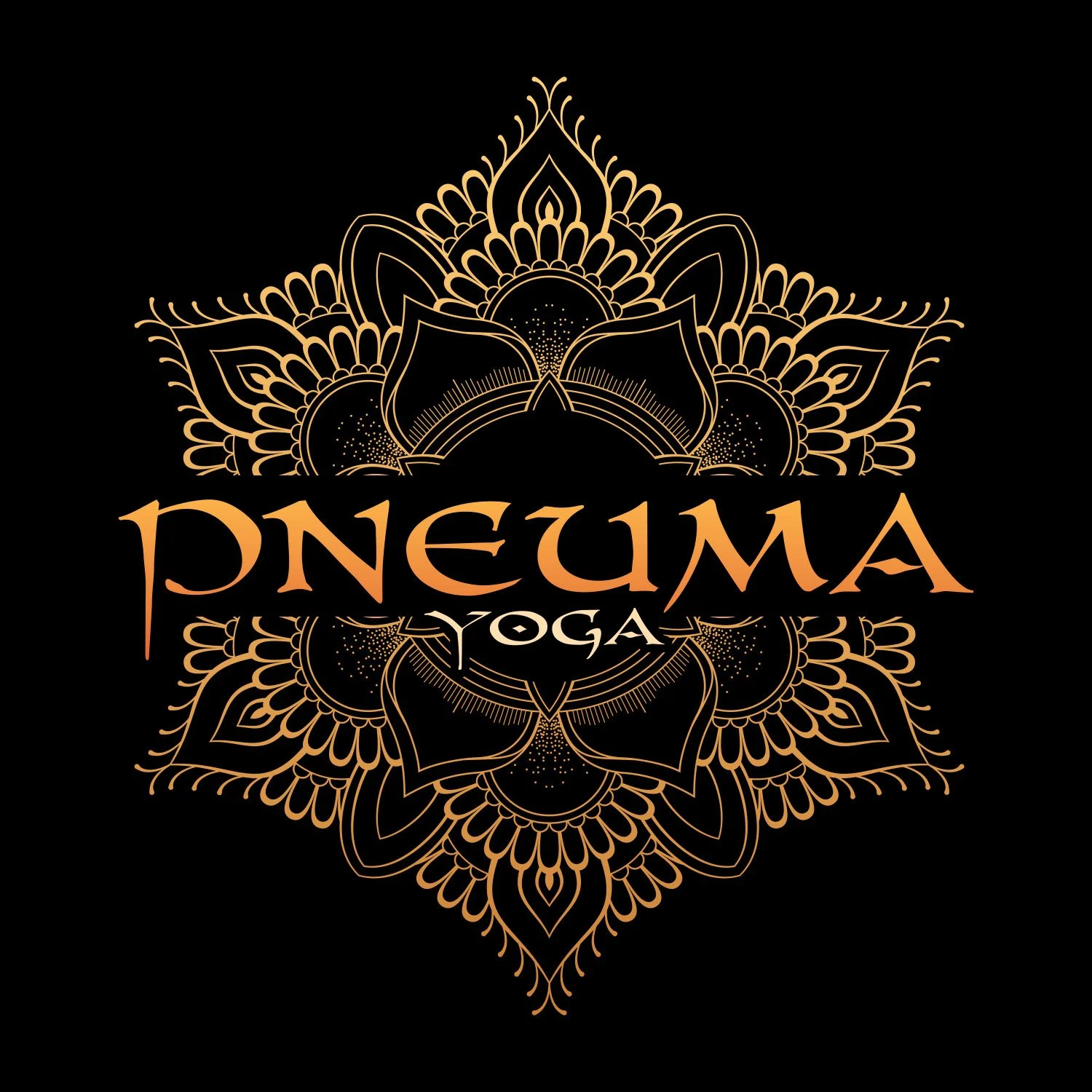The Five Vayus: The Inner Winds of Breath and Movement
When we breathe, we don’t just move air — we move energy.
In yogic philosophy, this living current is called prana, and it flows through us in five distinct patterns known as the Pancha Vayus — the “five winds.”
Each vayu represents a direction and function of energy within the body. Together, they create a dynamic ecosystem that supports movement, digestion, speech, vitality, intelligence, and awareness. When the vayus are balanced, life feels effortless. When they’re disrupted, everything — from posture to mood — feels off-center.
1. Prana Vayu – The Inward Flow (Chest and Breath Inhale)
Prana Vayu governs inhalation and the movement of energy inward.
It resides primarily in the chest and head — the lungs, heart, and sensory organs.
When balanced, Prana Vayu brings vitality, focus, and inspiration. When disturbed, we may feel anxious, short of breath, or mentally scattered.
Modern science parallels this through the autonomic nervous system — particularly vagal tone and respiratory sinus arrhythmia. Gentle, slow nasal breathing restores Prana Vayu, activating the parasympathetic system and inviting calm alertness.
Over-breathing or hyperventilation, however, disrupts this system. Inhalation corresponds to the sympathetic drive of the nervous system, so when we habitually over-breathe, we overstimulate the system, feeding stress and inflammation.
Rebalancing begins with awareness — soft, subtle, nasal breathing to reclaim the natural rhythm of life.
2. Apana Vayu – The Downward Flow (Pelvis and Exhalation)
Apana Vayu governs elimination, grounding, and release.
Located in the pelvis, it supports digestion, excretion, menstruation, and emotional letting go.
When Apana is strong, we feel stable and rooted. When weak, we may experience constipation, anxiety, or difficulty relaxing and releasing.
Somatic movements like pelvic tilts, gentle hip rolls, and deep nasal exhalations help reawaken this downward flow. Breath and movement become tools of emotional and physical release — the antidote to chronic holding.
Apana is rooted at the base of the spine and flows through the legs. It’s the energy you feel at the end of the breath — the grounding pause before the next inhale. Associated with the root chakra (Muladhara), it represents safety and stability.
Every exhale is an invitation to surrender. As you reach the bottom of your breath, notice how life turns itself back inward — Apana gives way to Prana.
Inhale and exhale, life and death, expansion and contraction — each transition is the rhythm of existence itself.
3. Samana Vayu – The Balancing Flow (Core and Digestion)
Samana Vayu lives at the navel center, integrating the upward and downward energies.
It governs digestion — both physical and emotional — and represents assimilation, metabolism, and transformation.
From a scientific lens, it aligns with the enteric nervous system, the “second brain” of the gut, and its communication with the vagus nerve. Practices that coordinate breath with subtle abdominal movement, like the core breathing techniques in the Pneuma Yoga Method, harmonize prana and apana — uniting body and mind.
Samana Vayu animates the fire of life — Agni. Digestion needs heat; so does transformation. When Samana is strong, you feel a steady vitality at your center — your inner fire burns clean and bright.
This vayu flows in a circular motion around the abdomen, maintaining your metabolic balance and your inner stability.
4. Udana Vayu – The Upward Flow (Throat and Mind)
Udana Vayu governs speech, growth, and expression — the voice of our inner world.
It also directs the subtle upward current of consciousness, playing a vital role in meditation and insight.
When balanced, we feel uplifted, expressive, and inspired. When blocked, we may experience tightness in the throat, tension headaches, or difficulty speaking our truth.
Udana is strengthened through humming, chanting, and breath retention — techniques praised by both ancient yogis and modern breath educators like Patrick McKeown for improving resonance and oxygen efficiency.
Udana is the rising wind that holds the head high and the spine aligned. It corresponds with the length of the exhale and the upward rebound of the diaphragm into the chest. As you exhale, feel the warmth that rises — the subtle glow of inner fire meeting higher awareness.
5. Vyana Vayu – The Expansive Flow (Whole Body Circulation)
Vyana Vayu distributes prana throughout the body, supporting circulation, coordination, and balance.
It connects the inner and outer worlds — the still point between effort and ease. The moment of Vyana in the breath is the pause between inhalation and exhalation, where energy radiates outward to every cell.
Vyana corresponds to the circulatory and fascial systems, the body’s connective web that transmits both tension and intelligence. When we move with awareness, we awaken this whole-body connectivity.
Vyana also supports immunity and vitality, creating a subtle energetic field — your aura — that radiates well-being. Sit still and feel the tingling on your skin; sense the warmth that surrounds you. That is Vyana — the glow of prana made visible.
The Dance of the Five Winds
Together, the five vayus create a complete system of energetic intelligence.
They aren’t abstract metaphors — they describe how life itself moves within us, from breath to heartbeat to thought.
The Pneuma Yoga Method brings this wisdom into somatic and breath-based practice. Through breath re-education and nervous system retraining, we learn to direct prana consciously — restoring harmony where modern life fragments us.
Explore This Practice
To experience the five vayus in your own body:
Try the Core Breathing or Spinal Column of Light class in the Pneuma Yoga Method series.
Practice five minutes of slow nasal breathing, feeling energy flow inward (Prana) and downward (Apana).
Follow with gentle twisting or side-bending to awaken Samana and Vyana.
Breath is not only life — it is communication with the intelligence that sustains it.
When we listen to that current, we don’t just breathe better — we live better.

